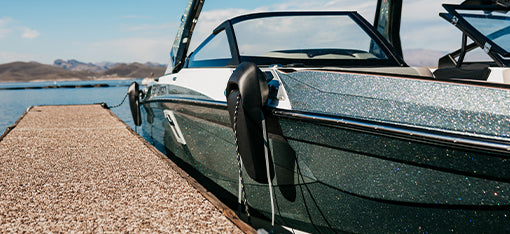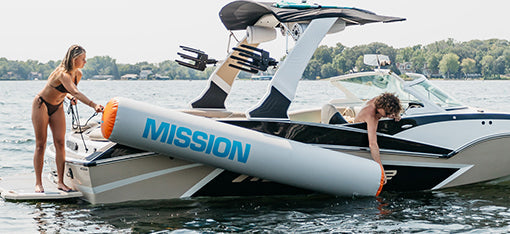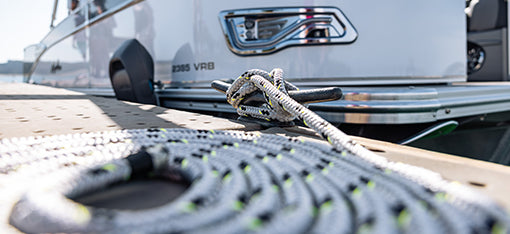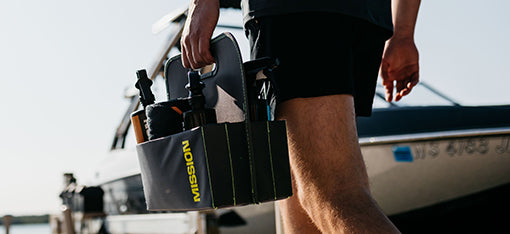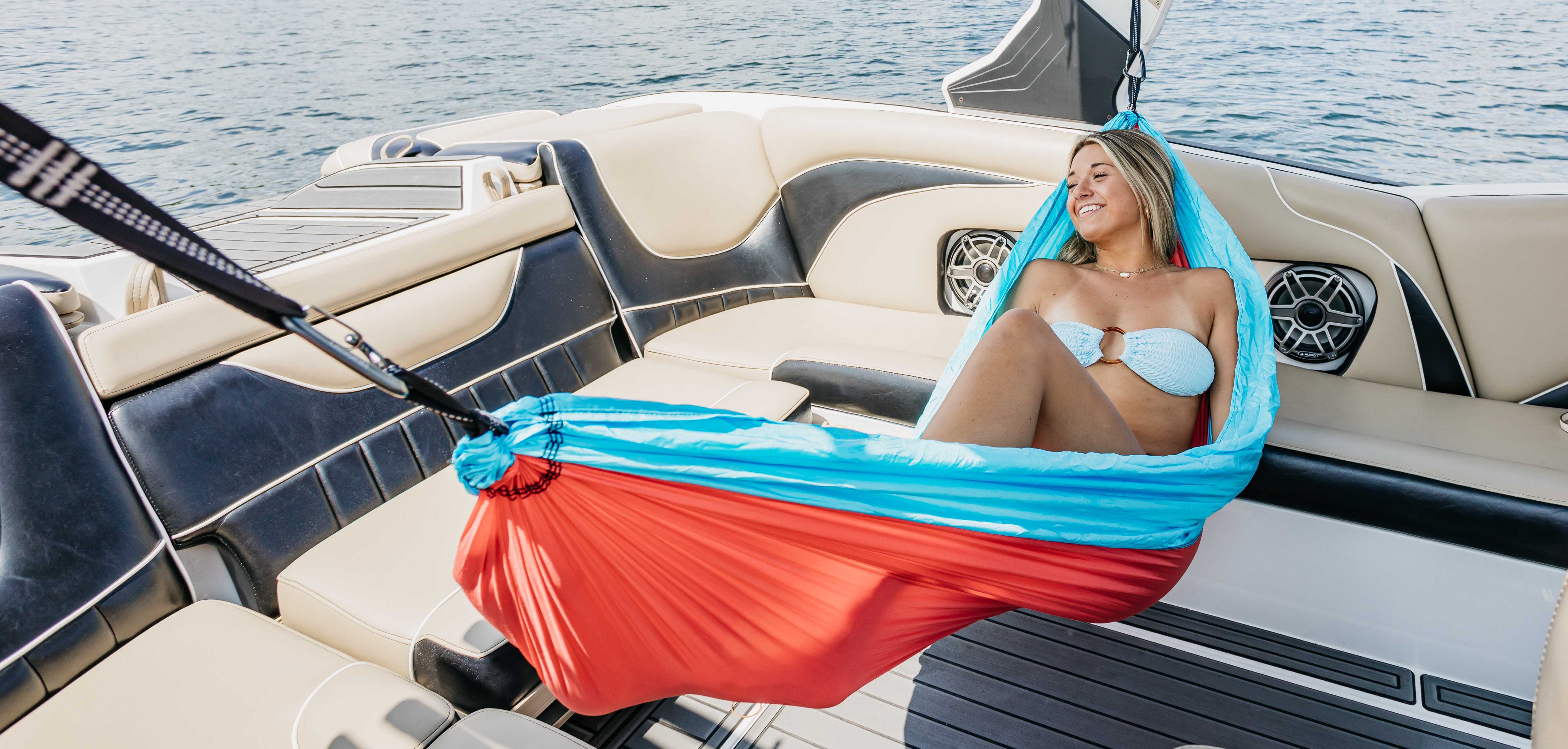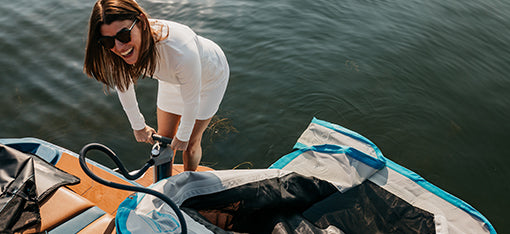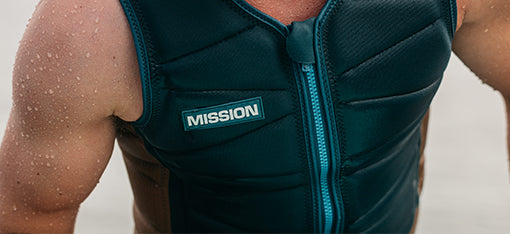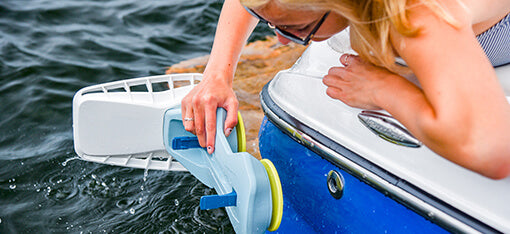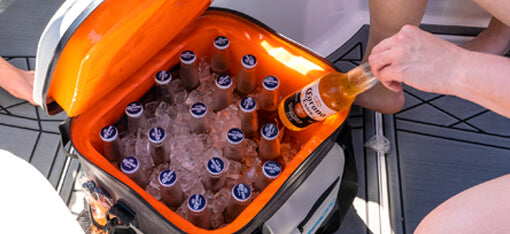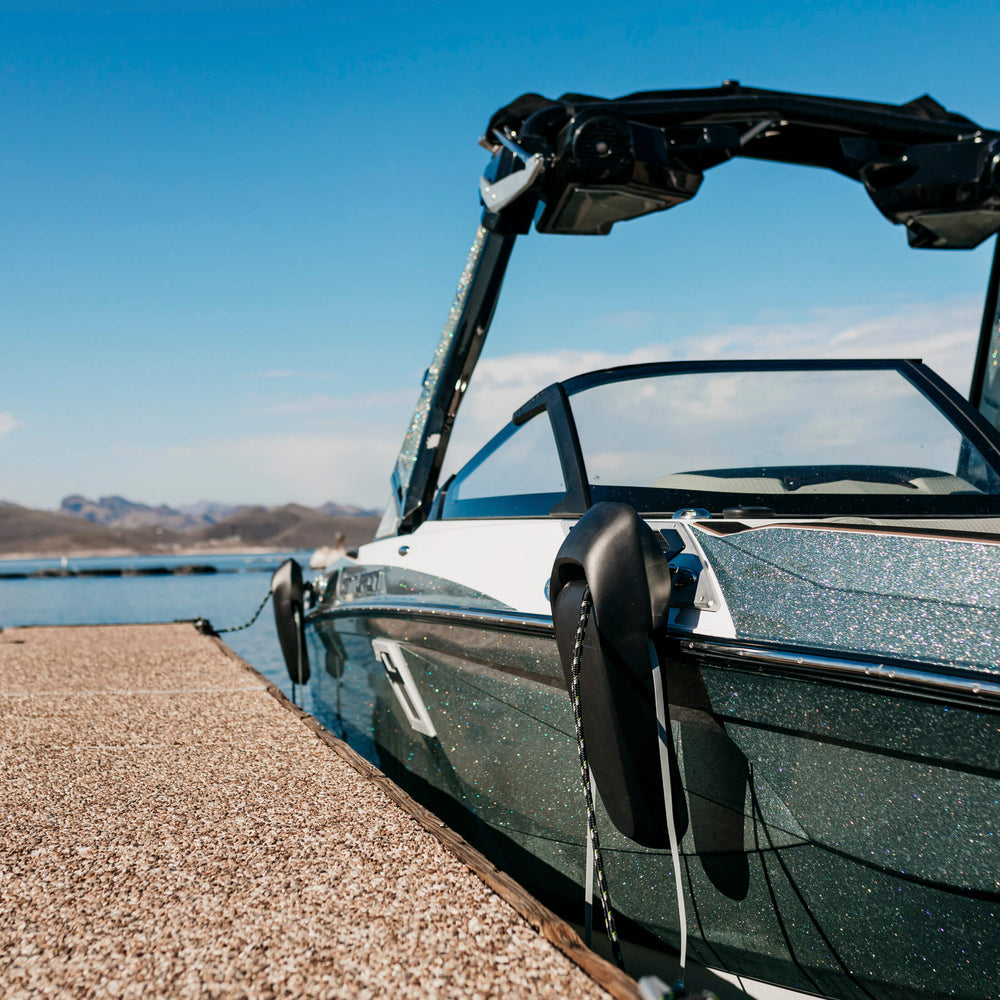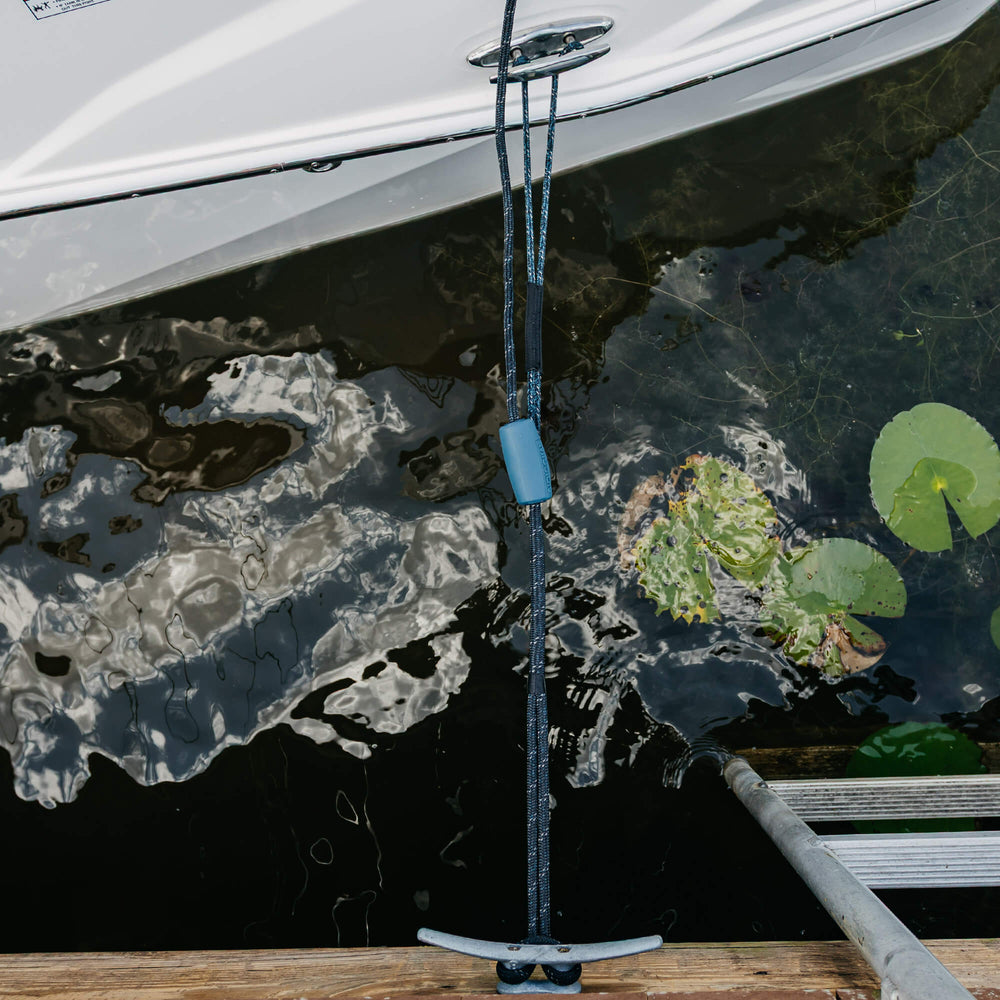Your Checklist | Mid-Season Boat Tune-up
Unlike the actual boating season, boating maintenance is a non-stop adventure and the time you spend staying on top of the routine will be returned as more time on the water later. Shirking your boat maintenance duties will give small issues the chance to fester and grow until they cause major issues that could have been avoided.
You should always consult your owner’s manual and maintenance log for specific recommendations from the manufacturer, but here’s a quick rundown of the mid-season maintenance items that every boat owner should add to their to-do list.
Fluids
Oil & filter
Check the level, color, and consistency of your oil. Clean oil should be amber-colored, semi-translucent, and slightly runny. Dirty oil will be dark and more viscous. While you should be checking your oil frequently, a good rule of thumb is to change your oil after every 100 hours of boating. Don’t forget to change your filter along with your oil.
Engine coolant
If your boat uses a “raw water” cooling system, that means it draws water into the engine with a seacock and pumps it through the engine to cool it. Most new boats now have a closed coolant system which incorporates liquid coolant on the inside of the engine but still relies on raw water in the heat exchanger outside of the engine – kind of like how a radiator helps to cool the engine in your car.
As your engine coolant absorbs and disperses heat it will begin to break down. Follow your engine manufacturer’s recommendations for when to change your coolant and be sure to clean the heat exchanger to keep everything running safely.
Power steering
The power steering system on most boats rarely gets a second thought unless you’re having an issue. But that doesn’t mean you shouldn’t inspect it and tidy things up from time to time. Start by inspecting the fluid reservoir that’s (typically) located in the steering column for leaks and fluid levels.
Next, take a look at the hydraulic ram that connects to your engine. If the shaft is wet, wipe it down then turn the steering wheel from side to side. If it comes out wet again, it means you have a leak in the seal that needs to be fixed. Check for any signs of corrosion on the shaft as well.
Finally, inspect the lines that run between the steering column and ram for leaks, cracks, or damage. Stock line casings are often brittle and will break down over time, so consider replacing them before it’s too late.
Lubricants
Check your fittings, linkages, fuse blocks, and ground buses to make sure they aren’t caked with grit. Clean whatever needs cleaning, then spray it all down with a dry lubricant. Wet lubricants will only attract more grit and increase the chance of corrosion.
Bilge
A poorly maintained bilge can sink your day on the water. If you notice a lot of build-up or oil in the bilge, you know you’ve got a leak somewhere that needs to be repaired immediately. Be sure to inspect and clean it regularly with biodegradable soap and water. By scrubbing out gunk and grit, you’ll keep the system from clogging and prevent the build-up of odor-causing bacteria. If you always keep a clean bilge, you’ll notice problems earlier if it suddenly begins to smell funky.
Battery and electrical
Clean battery terminals
Make a paste with baking soda and water, then scrub the terminals with a toothbrush to remove any grease and acid that’s built up around the terminals to prevent corrosion and avoid creating a conductivity bridge between the terminals that can lead to a short.
Check levels and fill cells
If your levels are low, fill the cells with distilled water (tap water has minerals in it that will damage the internal plates). This is a good time to check the battery fluid in your boat lift if you have one.
Charge and voltage
Use a voltmeter to see how many volts your battery is producing. 13.4 volts is the standard for flooded electrolyte batteries, while 13 volts is the mark for absorbed glass mat (AGM) batteries. Anything less could indicate an issue with the battery.
Lights
Good boat captains know the rules and regulations of their lake or river. Having a functional bow and stern light are universal laws that help keep you, your passengers, and fellow boaters safe on the water. Be sure to inspect your lights and your electrical system, even if you rarely boat after sundown.
It’s a good idea to keep a spare set of bulbs in your boat at all times to stay safe and help you avoid getting a ticket.
Anchors
Inspect your boat anchors, cleats, and lines to make sure they haven’t fallen victim to the elements. Don’t let rust, corrosion, mildew, or fraying compromise the integrity of your anchor and cast you adrift.
Trailer
Whether you haul your boat to and from the water every weekend, or just at the start and end of the season, your boat trailer is under a ton of pressure to help you get from point A to point B safely. Be sure to inspect the tires, brakes, bearings, lights, rollers, winch, and hitch before you load your boat – especially if you notice caked-on dirt or oil around the axle hubs, which might mean you have a leak or seal issue in the hubs.
It might seem like a daunting task to keep everything ship-shape but staying on top of routine boat maintenance will save you countless hours and dollars down the line. Grab a few friends and a couple of cold beverages to help get things done quicker and turn a chore into a (hopefully) stress-free day.
See you on the water!


